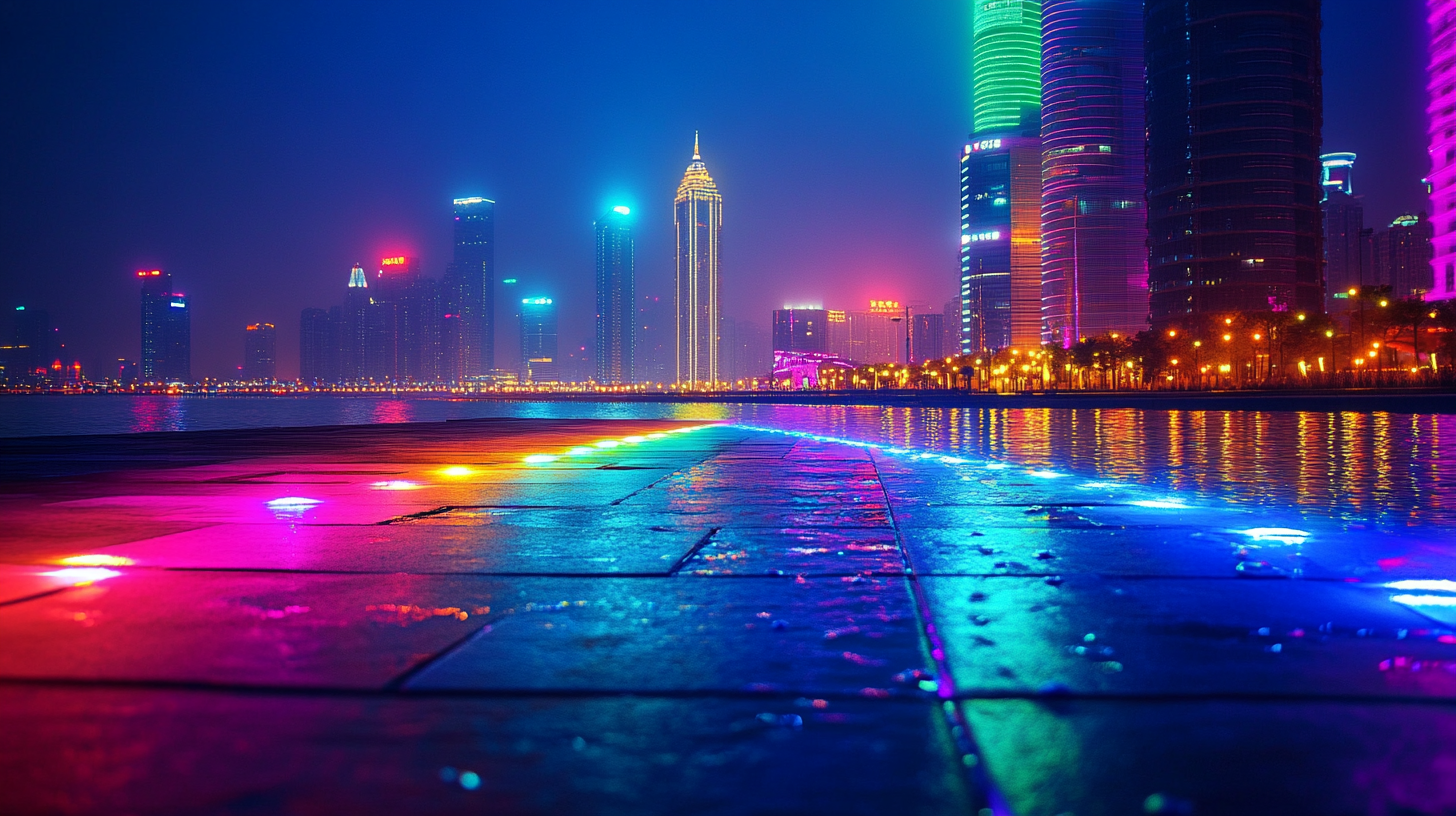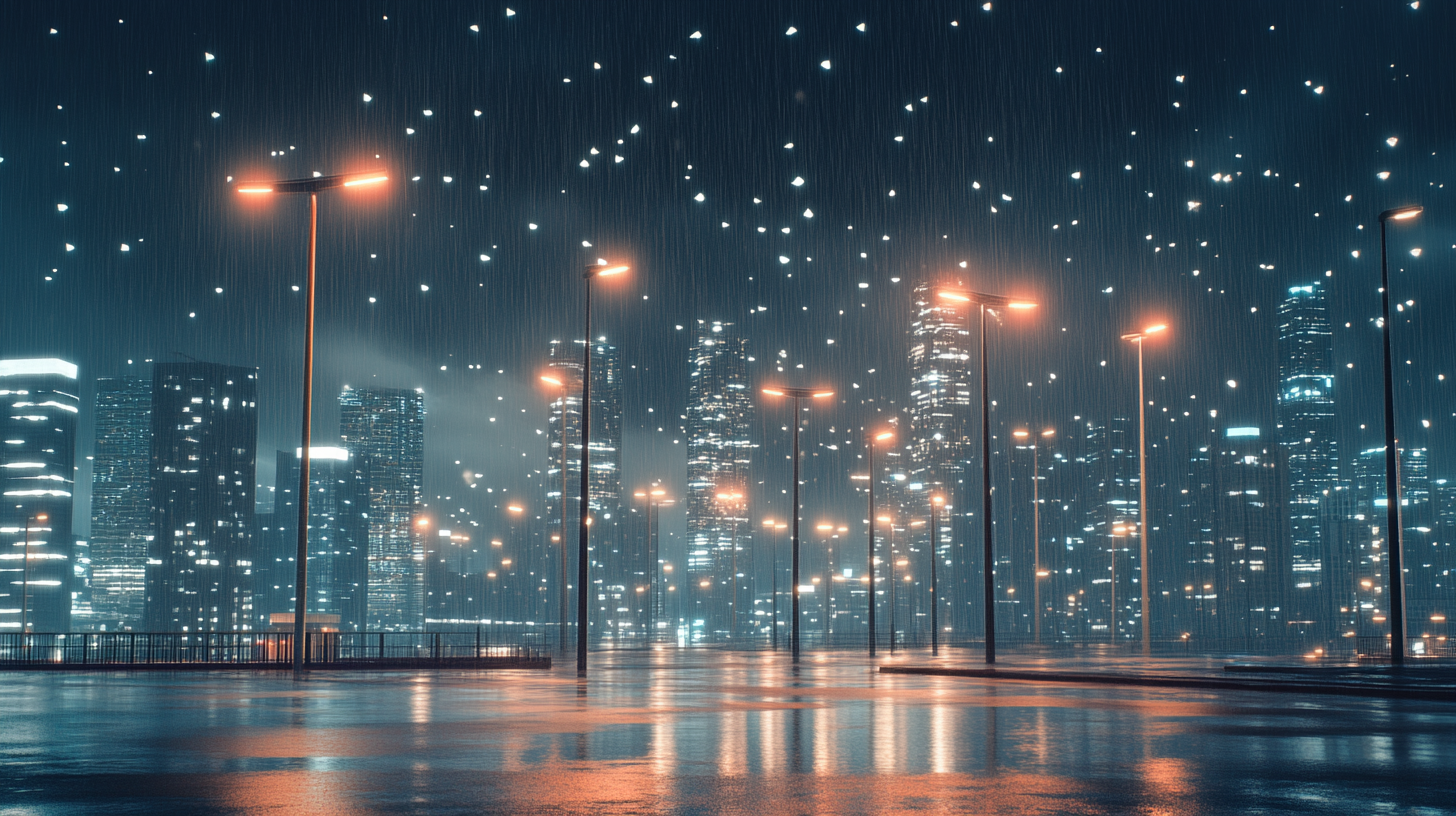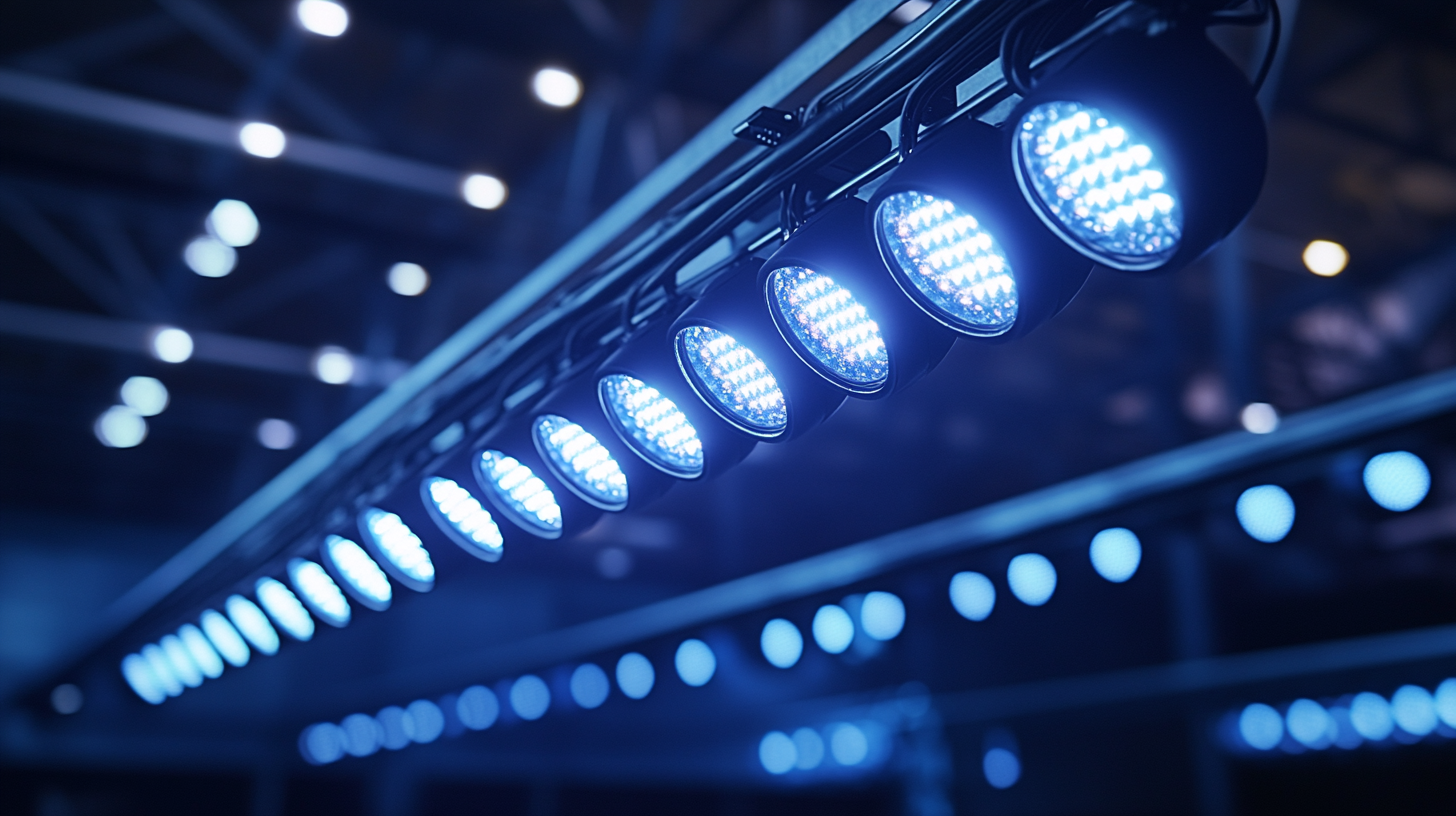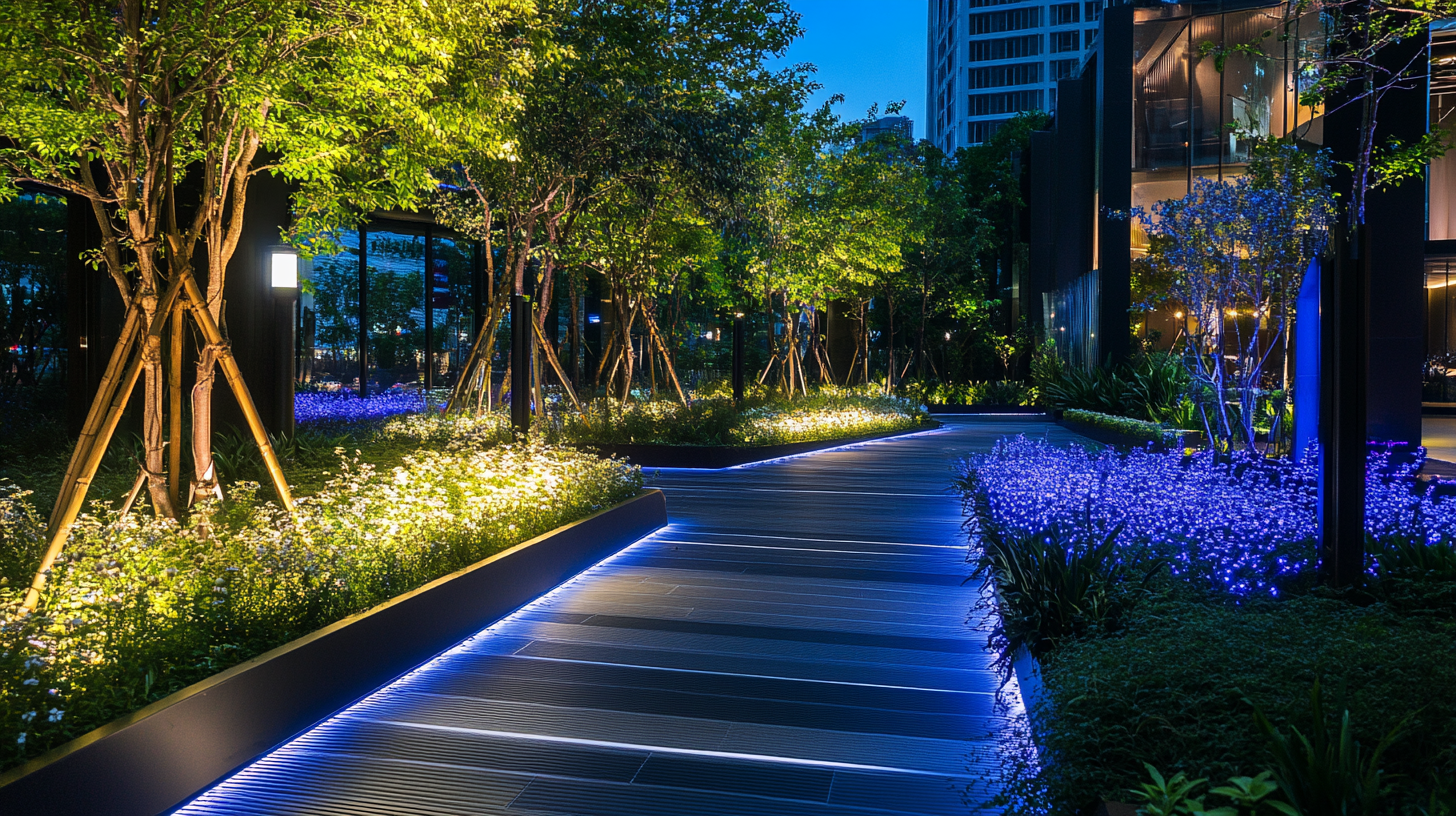
As we cast our sights towards the years that remain on the horizon, one thing perceived will be the lighting industry undergoing a serious shift, which is predominantly inducing and propelling through technology and energy-efficient features. Its recent report released by Grand View Research states that the global LED flood lights industry is going to generate USD 26.7 billion by 2025, riding at a CAGR of 14.8%, which is mainly due to the Extensive global commercialization and use of LED flood lights that have surpassed other light sources in terms of energy savings coupled with greater durability and performance. Companies are realizing the benefits of these sources in solving their cost operationally while, at the same time, contributing to sustainability goals.
But with the focus shifting towards smart city public visions, commercial lighting held by the government caps on energy-efficient consumption is spurring demand for these specific flood lights. The International Energy Agency First estimates the use of lights from LEDs reducing energy consumption rates of up to 50%. Certainly, in every category: retail, education, and public infrastructure, they have now embraced LED technology even for their lighting solutions. We have certainly to figure out what will be the new innovations that will define the future of commercial LED flood lights and how such innovations will go on to shape the very future of the lighting industry.

One of the most transformational things to happen in the world of commercial LED floodlights before 2025 is new and rapidly emerging technologies. According to a report published by MarketsandMarkets, the global LED lighting market is touted to achieve $112 billion value by 2025 due to the demand for energy-efficient lighting solutions in different sectors. These are floodlights that not only save money but also bring incredible improvements in efficiency, reducing energy and operating costs significantly. Recent developments have made it possible for LED floodlights to reach up to 200 lumens output in return for each watt of input, which is significantly better than other forms of lighting technology. The Department of Energy in the United States asserts that this innovation might save as much as 60% more energy compared to available alternatives. Gains from such high-efficiency LED systems are much more than energy savings; they are also sustainability related as they create a reduced carbon footprint associated with their environment and greener commercial practices. In fact, smart technologies further increase their role complementing LED flood lights. The Internet of Things (IoT) provides features for the real-time monitoring and control that enable businesses optimization of lighting conditions concerning defined requirements and environmental factors. Automation at this level brings in improved safety, operation efficiency, and flexibility and versatility in lighting applications. Commercial LED flood lights will, hence, be leading the way in revolutionizing the lighting industry in terms of efficacy and sustainability.

Commercial lighting is undergoing a transformation thanks to the introduction of smart solutions in the commercial space. These have been driven by the ongoing buzz that businesses have developed around the energy efficiency and sustainability offered with the adoption of technology in lighting, thus providing great energy savings with illumination, control, and costs. In 2025, real-time data and analytics for optimization will be among the reasons for the massive acceptance of IoT-enabled flood lights in the market.
Smart lighting technologies are capable of remote monitoring use for possible automated adjustments triggered by the sensing of occupancy - usually, very efficient pieces of technology suitable for retail spaces, warehouses, and other outdoor spaces. Such technology can give safety and security and further streamline energy consumption. Because the solutions can be incorporated into building management systems, this means that the businesses can make real-time data-driven decisions to further economize on operational costs.
Creating user-centric environments is very much the order of the day now that conditions are functional yet good to look at. Smart flood lights can dim or tune their color temperature to create the right mood for various commercial conditions. Not only does this enhance the customer experience, but it also leverages yet another growing wave in the very personalized lighting solutions, giving competitive advantage in an increasingly digital market. Moving into 2025, though, smart technology and commercial flood lights will bring a completely new convergence to the lighting landscape, setting the stage for a different approach to applications that will define companies today and tomorrow along with consumers.

The globe is tipping on to its side, and hanging on the other side of the cosmic wake is an exciting phenomenon. It is now the time when the lighting sector is going through the crucial wind of alteration toward 2025. More importantly, it is found that consumers are putting a growing number of demands on manufacturers to develop alternative environment-friendly compositions and energy-efficient technologies, which altogether mirror further than mere cost. The LED lighting market was found to be worth just around $150 billion in 2025, according to the most recent release from MarketsandMarkets. For that matter, the discoveries and advances in smart technology blended with sustainability promise all of that.
Of late, eco-friendly materials like recycled plastics and sustainable metals have found their way into commercial LED flood lights. This considerably reduces the carbon footprint and is extremely attractive to the environmentally conscious consumer. As per an International Energy Agency study, energy-saving LED lighting can save energy consumption by as much as 70% when compared with conventional lighting, leading to an impressive reduction in greenhouse-gas emissions.
Finally, innovations in energy-consumption measurement and management are needed. Smart energy-efficient LED flood lights are designed with IoT circuitry and sensors as part of easily integrated circuits, enabling users to dynamically measure and optimize their energy consumption within a business. By 2025, more than 60% of commercial lighting will be under intelligent controls, according to the Global Lighting Association. This means that more than 60% of commercial lighting will be using efficient and sustainable lighting at that time. This shift to intelligent lighting solutions fosters environmental belts along with tangible long-term savings on investment for the adopting business.

The new era in which the integrated IoT and Automation will completely change the terrain of commercial lighting is expected to manifest in flood lighting by the year 2025. The smarter the technology is, so has the evolution of flood lights evolved from the primitive tools of illumination into bright, responsive smart systems. Real-time access to the monitoring and control capability empowers facility managers to provide optimum lighting based on occupancy, weather conditions, and specific operational needs. It is through IoT-oriented, interconnected sensors that such adjustments in an automated manner will ensure energy efficiency while also optimizing safety and security in the commercial spaces.
Additionally, the innovative software will provide seamless operation in automation of flood lighting systems. Users will be able to schedule their lighting, dim certain sections of their home, and have a specific brightness level achieved within the environment concerning the adaptation to surrounding lighting conditions all from one or many accessible platforms on mobile apps via an integrated system. For instance, these features are not only sustainable, but they will also cut down a great deal on operating costs within businesses. These worlds would be empowered to enrich them with advanced analytics in predictive maintenance and decreased downtime opportunities.
Flood lighting will probably come to symbolise the perfect merging of state-of-the-art technology with user-friendly design by 2025. The strong focus on IoT and automation will be complemented by a much wider trend towards really smart infrastructure through the lighting industry, with its connectivity and efficiency set to be achieved in this evolutionary step. This evolutionary step promises better performance, even less energy consumed, and enhanced overall experiences for users and stakeholders alike. The future of commercial floodlighting would be bright with intelligent systems that shall respond automatically to the high level of complexity within modern environments.
The commercial LED flood light industry is slated to grow immensely as consumer demand patterns evolve and technology advances. According to a recent market research report published by Fortune Business Insights, the global flood light market stood at a valuation of around $3.49 billion in 2020 and will grow to about $6.32 billion by 2028, at a compound annual growth rate (CAGR) of 7.8% through the future years. The demand is propelled by an increased focus on energy-efficient lights-not only in urban places but everywhere energy conservation is top priority.
Several trends are set to drive demand for LED flood lights as we set our eyes on 2025. Key among these are increasing levels of awareness regarding environmental sustainability, thereby forcing businesses toward energy-efficient products. The U.S. Department of Energy has estimated that LED lighting can save up to 75% of energy compared to the energy used by traditional lighting systems. Such savings are most prominent for businesses targeting efficient operational costs while drawing a minimum carbon footprint. Advancements in smart lighting technology through IoT integration serve to further enhance the capabilities of LED flood lights, making them suitable for a larger spectrum of applications ranging from commercial to industrial settings.
Current markets particularly in the Asia-Pacific region are also playing an important role towards LED flood light market growth. Allied Market Research states that Asia-Pacific is expected to have the highest growth in the market due to the trend of rapid urbanization and infrastructural development. Massive investment in smart city projects by China and India is boosting demand for improved lighting solutions such as LED flood lights. In the future when the trends of commercial lighting change, the assurance remains that innovation and adaptability will continue to lead the commercial lighting sector in fulfilling the changing needs of users across multiple sectors.
Let us help you get started with our superior LED lighting products.
Get all the latest news from BrightLED.
Copyright © Bright LED. All rights reserved.
STAY CONNECTED

